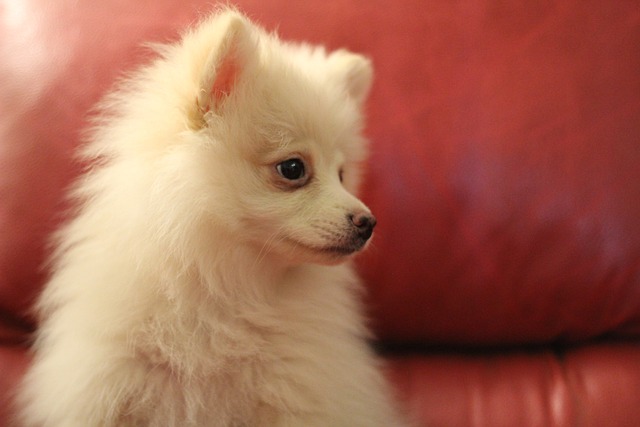
How can I tell if my dog's heatstroke is serious
Let’s be real: It’s a sticky August morning in Los Angeles, and you took your 2-year-old Golden Retriever, Max, for a walk a little later than usual
Imagine you’re in your Austin, Texas backyard on a 95°F summer afternoon—your 2-year-old Golden Retriever, Duke, paces around his wooden dog house, tongue hanging so low it nearly drags the grass, and refuses to go inside. You touch the dog house roof, and it’s hot enough to burn your finger. Panicked, you wonder: “How do I keep a dog house cool in summer?” For new U.S. dog owners, especially in Southern states where heatwaves hit hard, this question is life-saving—dogs can overheat in minutes, but simple tweaks to their dog house (and routine) keep Duke safe and comfy.
First, let’s break down why dog houses get so hot: Unlike humans, dogs can’t sweat much—they cool down through their paw pads and panting. A closed, dark dog house traps heat like a car on a sunny day; even a “shady” spot can hit 110°F inside, which leads to heat exhaustion (signs like excessive panting, drooling, or lethargy). My neighbor here in Austin had a 1-year-old Lab who got overheated last summer—her dog house was up against a brick wall that absorbed sun, and she didn’t realize how hot it got until he collapsed. The science is simple: Heat rises, and poor ventilation or dark colors make it worse. The goal is to block sun, let air flow, and give Duke ways to cool down without relying on AC.
Here’s how to cool your dog house, step by step—even on budget: Start with location and material: Move the dog house to the shadiest spot in your yard (under a oak tree, not near a hot patio). If it’s wooden, paint it a light color (white or beige) to reflect sun—avoid dark brown or black, which soak up heat. Add ventilation: Cut small holes (covered with mesh to keep bugs out) near the top of each wall—hot air rises and escapes, while cool air flows in. For extra cooling, put a frozen water bottle wrapped in a towel inside, or a pet-safe cooling mat (they stay cold for 4–6 hours). When you check on Duke, reward him with a tiny freeze-dried chicken treat for going inside—positive reinforcement makes him feel safe there, instead of avoiding it. Never scold him if he hesitates; punishment stresses him out, which makes overheating more likely (against U.S. animal welfare norms). If you live in an apartment with a balcony dog house, use a retractable awning to block afternoon sun—no yard needed.

Don’t let heat safety skip U.S. rules and community manners. Even as you cool Duke’s dog house, keep his rabies vaccine up to date—Texas requires dogs over 4 months old to have it, and fines go up to $250 if you skip it. If he overheats and needs a vet, they’ll ask for vaccine records (no exceptions). When you take him for walks (only early morning or evening, when it’s under 80°F), always carry biodegradable poop bags—Austin fines $150 for leaving waste behind, and it’s respectful to neighbors. In apartment complexes, avoid putting the dog house near shared grills or AC units (they blow hot air); check your lease first—some places limit where you can place dog houses on balconies. Also, never leave Duke in the dog house for more than 2–3 hours on hot days—even a cool dog house isn’t a substitute for human check-ins.
At its core, keeping a dog house cool in summer is about thinking like your dog. With shade, air flow, and small cooling hacks (plus following local laws), Duke will stop pacing and start napping comfortably inside. You don’t need fancy gear—just common sense, and knowing when the heat is too much for your pup.

Let’s be real: It’s a sticky August morning in Los Angeles, and you took your 2-year-old Golden Retriever, Max, for a walk a little later than usual

You're enjoying a summer afternoon at the park when you notice your dog has stopped panting and appears disoriented - their gums are bright red

Let’s paint the picture: You’re in your Denver apartment, watching your 4-year-old Boston Terrier, Ruby, plop down mid-play session with her favorite toy

Many dog owners notice their pets nails seem shorter after regular walks,but how much does this daily activity actually help?The answer depends on where you walk—concrete sidewalks or asphalt streets gently file nails as a dog's paws hit the ground

Most dog owners notice their pup scooting across the carpet at some point, but few connect it to impacted anal glands. These small sacs near a dog’s rectum secrete a scent for marking territory

Most vets agree that regular dog teeth cleaning is key to avoiding painful dental issues later. For healthy adult dogs, a professional cleaning at the vet’s office every 12 to 18 months usually works well.